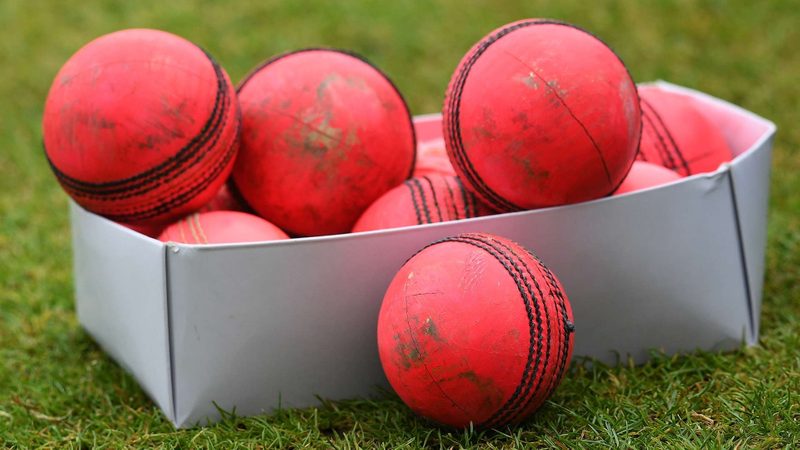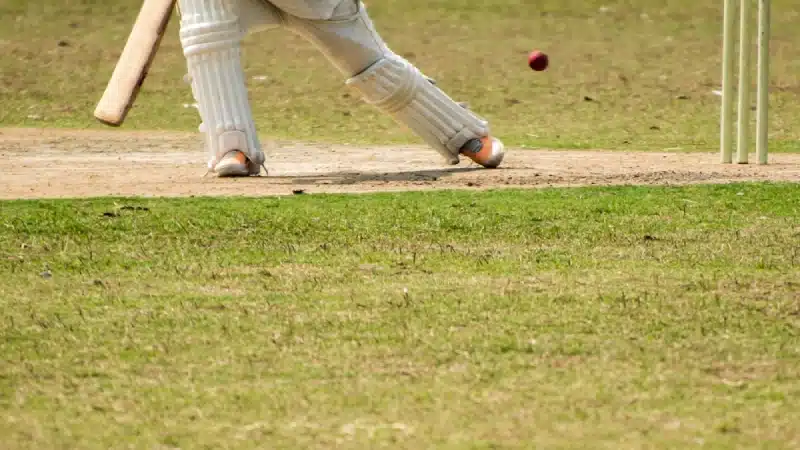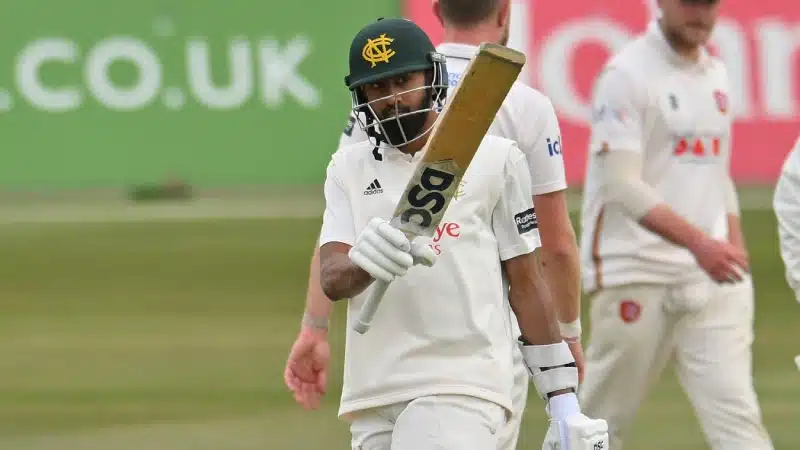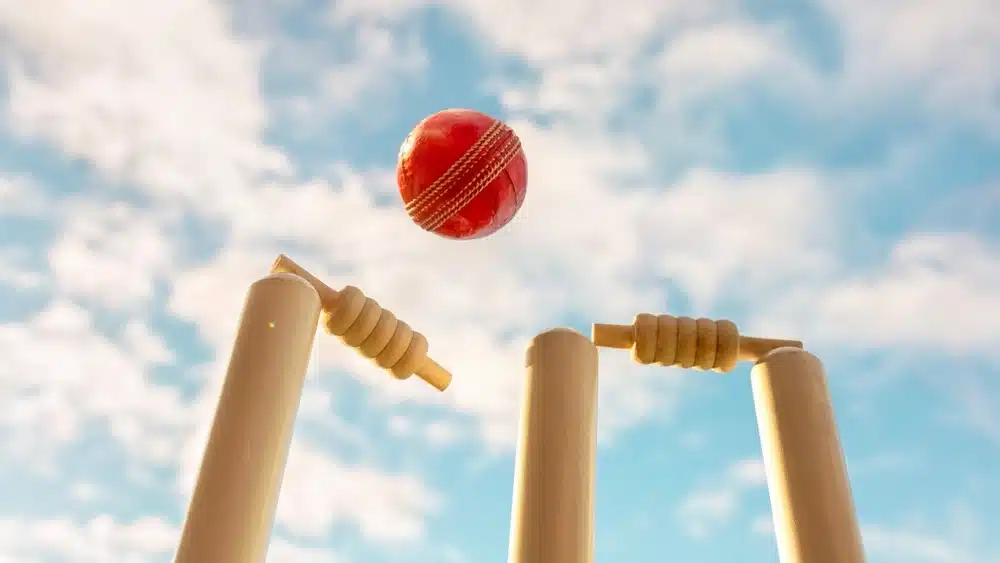
India and Bangladesh are set to play their maiden day-night Test at Eden Gardens, Kolkata starting this Friday. It is set to be a historic moment for both teams, with the move being seen as one to increase fan engagement for Tests in the cricket-crazy countries.
While this may be a first for the Asian powerhouses, the concept of pink-ball Tests has existed for four years. The first day-night pink-ball Test was played between traditional rivals, Australia and New Zealand, at the Adelaide Oval in 2015. There have been 11 Tests which have used pink balls since, and four of them have seen innings victories.
Interestingly, every pink-ball Test has thrown up results, though that can be attributed to reasons more than just the change in colour of the ball. Nonetheless, we take a look at some of the thrillers that pink-ball Tests have thrown up over the years.
Australia vs New Zealand | Adelaide 2015
The pink-ball made its debut in a Test match with a bang. Trans-tasman rivals, Australia and New Zealand played the third Test of their series at the Adelaide Oval, which has now become Australia’s designated day-night Test venue along with The Gabba. New Zealand won the toss and opted to bat first but the move did not work out too well. They managed to put up a laboured 202 on the board, with the help of Tom Latham’s fighting half-century and some handy contributions from the lower order.
Australia did not do too well either, making only 224 with then captain, Steve Smith and wicket-keeper, Peter Nevill making fifties. Only some late hitting from Lyon and Starc helped them take a narrow 22-run lead in the first innings. The Kiwis’ second-innings was marginally better. They scored 208 even as Josh Hazlewood snared six wickets, including three of the top four. The burst gave the Aussies a 187-run target, but it was anything but easy.
They made a brisk start before Joe Burns fell with the score at 34. Wickets fell at regular intervals when the Marsh brothers, Shaun and Mitchell, put on a 46-run stand for the fifth wicket to effectively seal the game. Both of them fell in the space of 15 runs though, and Australia lost Peter Nevill too but luckily by then, the score was at 185, and Peter Siddle ensured Australia emerged the winner in the landmark Test.
Pakistan vs West Indies | Dubai 2016
The second-ever pink-ball Test also saw a good contest but the scene had shifted to the Dubai International Cricket Stadium. It was the first Test of the series and it also saw Babar Azam and Mohammad Nawaz make their Test debuts for Pakistan. Pakistan won the toss and batted first, and the decision was vindicated by their batters, especially Azhar Ali. Post a 215-run opening partnership with Sami Aslam, the opener kept batting and eventually brought up a triple-century in 469 balls, with Pakistan declaring immediately after at a mammoth 579/3.
West Indies posted 357 in response with fifties from Darren Bravo and Marlon Samuels, with Yasir Shah picking up a fifer to give Pakistan a 222-run lead after the first innings. Pakistan’s second essay embodied their inconsistency as the team fell like ninepins while searching for quick runs. They were bowled out for 123, with only four players entering double figures. It gave the Windies 346 to chase, and they sensibly went for the defensive option of surviving for a day-and-a-half.
First innings’ half-centurion, Darren Bravo made a fighting century, stitching important partnerships along the way with Roston Chase and skipper, Jason Holder. However, once Bravo fell, Pakistan quickly ran through the tail to win a game that they had jeopardized on their own.
Read: The differences between red and pink ball in Test cricket
Australia vs Pakistan | Brisbane 2016
Pakistan were part of another thrilling pink-ball Test, though this time they were on the receiving end of a loss, against Australia at The Gabba. The hosts won the toss and predictably batted first. Skipper Steve Smith and Peter Handscomb scored magnificent centuries, and aided by Matt Renshaw’s 71 and some late-hitting by Nathan Lyon, they put up 429 in their first innings. Pakistan capitulated in response, with only Sarfaraz Ahmed showing some semblance of a fight with a half-century as the Asian nation folded for 142.
The Aussies batted again, and this time, Khawaja and Smith helped themselves to fifties while Handscomb provided the finishing touches as they declared on 202/5, giving Pakistan a near-impossible 489 to chase down. And they almost did. They lost Sami Aslam and Babar Azam early before Azhar Ali and Younis Khan scored fifties to steady the innings a bit. The duo fell within 20 runs off each other, and add to it the wickets of Misbah-ul-Haq and Sarfaraz Ahmed, and Pakistan were tottering at 220-6.
However, Pakistan found their hero in No.6, Asad Shafiq who batted out of his skin, putting up 98 for the seventh wicket with Mohammad Amir and a further 66 with Wahab Riaz for the eighth as he brought up a wonderful fourth-innings century. Shafiq continued hitting after his ton but could not deal with a rising bouncer from Starc as he fell for a heroic 137. Yasir Shah was the last man to be dismissed with the score at 450, meaning Pakistan fell short of a record chase by 40 runs.
West Indies vs Sri Lanka | Bridgetown 2018
A low-scoring Test is an exciting game more often than not and the fact that it came with a pink-ball made it even better. Jason Holder won the toss for West Indies and told his batsmen to make merry on a fresh pitch. They did not quite respond to his call, though. Devon Smith was dismissed in the first over, and four more batsmen followed him to the pavilion soon, with them struggling at 53-5.
Wicket-keeper, Shane Dowrich and skipper Jason Holder rescued the team with counter-attacking fifties. The duo shared a 115-run stand for the sixth wicket before the team eventually folded for 204. Sri Lanka performed even worse, with no batsman managing a half-century. The closest to that score was Niroshan Dickwella, who top-scored with 42 but it was not enough with the team scoring only 154.
West Indies outdid themselves in the second innings, with only four batsmen making it to double-digits as they racked up a grand total of 93, giving Sri Lanka 143 to chase in the fourth innings. Holder once again took responsibility, this time with the ball, picking five wickets to leave Sri Lanka limping at 81-6, before the Pereras, Kusal and Dilruwan prevented further damage, putting on 63 for the seventh wicket and ensuring Sri Lanka won a low-scoring thriller.
Featured image courtesy: AFP/ Paul Ellis




















